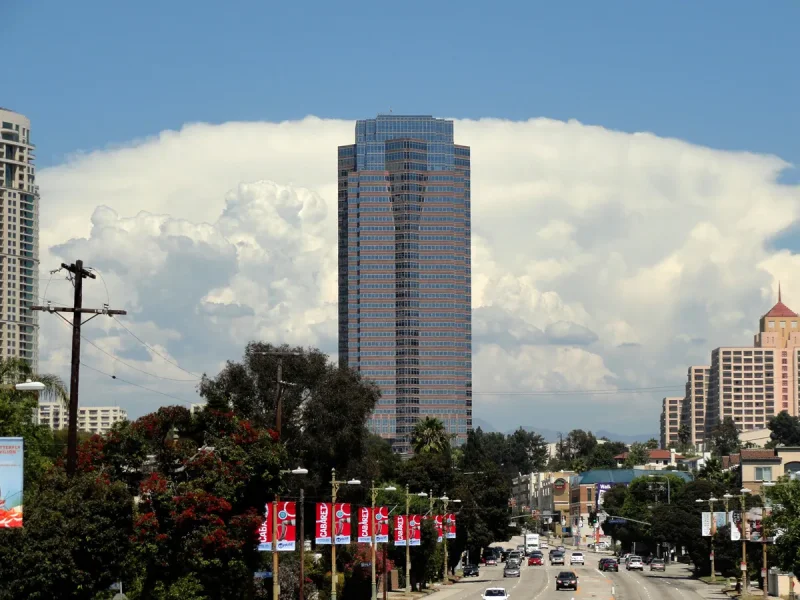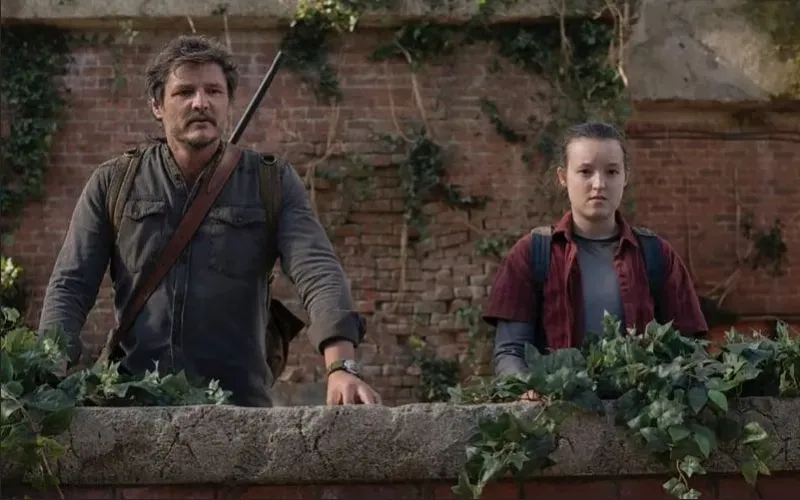The Birth of an Icon: Nakatomi Plaza
In the world of cinema, certain landmarks become inseparable from their films, and Nakatomi Plaza is one such icon. Originally known as the Fox Plaza, this high-rise building in Los Angeles rose to fame as the central location in the 1988 action film "Die Hard." Its towering presence and sleek design made it the perfect setting for the film's intense narrative. The building's role in "Die Hard" transformed it from a corporate headquarters into a symbol of Hollywood's capacity to blend reality with fiction.
The film's success catapulted Nakatomi Plaza into the public consciousness, making it a destination for fans and tourists alike. The building's architectural features, including its distinctive glass façade and sharp angles, contributed to its onscreen allure. While the name "Nakatomi Plaza" may be fictional, the structure itself is very real, occupying a prominent place in Los Angeles' Century City district. Its association with the film has made it a cultural landmark, attracting visitors eager to connect with a piece of cinematic history.
Behind the Scenes: Filming at Nakatomi Plaza
Filming "Die Hard" at Nakatomi Plaza presented unique challenges and opportunities for the production team. The building was still under construction during the shoot, allowing filmmakers to utilize the unfinished spaces creatively. This aspect provided a raw and authentic backdrop for the action sequences that unfolded within its walls. The film's director, John McTiernan, and his crew expertly navigated the building's complex layout, transforming it into a playground for high-stakes drama.
As the setting for numerous pivotal scenes, Nakatomi Plaza became a character in its own right. The building's confines intensified the film's tension, with its elevators, stairwells, and ventilation shafts serving as crucial elements in the plot. Bruce Willis, portraying the resourceful hero John McClane, used the building's architecture to his advantage, creating memorable moments of suspense and ingenuity. Nakatomi Plaza's role in "Die Hard" proved that a well-chosen location could elevate an action film to legendary status.
Architectural Significance of Nakatomi Plaza
Beyond its fame as a movie location, Nakatomi Plaza holds architectural significance. Designed by William L. Pereira, the building exemplifies the modernist style, characterized by its sleek lines and extensive use of glass. Completed in 1987, it was one of the last projects by Pereira, a visionary architect known for his futuristic designs. The building's height and distinctive design make it a standout feature in the Los Angeles skyline, highlighting the architectural trends of the late 20th century.
Fox Plaza's design reflects a period when skyscrapers were not only functional spaces but also statements of innovation and ambition. Its minimalist aesthetic and strategic use of materials demonstrate a commitment to both form and function. As an office building, it continues to serve as a hub for business activities in Century City. However, its legacy is forever intertwined with its role in "Die Hard," showcasing how architecture can transcend its initial purpose to become a part of popular culture.
Cultural Impact and Fan Pilgrimages
The cultural impact of Nakatomi Plaza extends far beyond its architectural merits. For fans of "Die Hard," visiting the site is akin to a pilgrimage, offering a tangible connection to a beloved film. The building's presence in the movie has inspired countless homages and parodies, solidifying its status as a pop culture icon. Its significance is celebrated annually on "Die Hard Day," a fan-created holiday honoring the film and its setting, further cementing its place in cinematic history.
Visitors to Nakatomi Plaza often recreate scenes from the movie, capturing photos that pay tribute to John McClane's daring escapades. The building's enduring popularity is a testament to the film's lasting appeal and the powerful role that locations play in storytelling. By visiting Nakatomi Plaza, fans can immerse themselves in the world of "Die Hard," experiencing firsthand the setting that helped define an era of action cinema. This blend of reality and fiction continues to captivate audiences decades after the film's release.
Nakatomi Plaza: A Legacy in Film and Architecture
Today, Nakatomi Plaza stands as a testament to the enduring legacy of "Die Hard" and the building's impact on both film and architecture. Its dual identity as a real-world office building and a fictional action movie landmark reflects the intersection of reality and imagination that defines Hollywood storytelling. Fox Plaza remains a functioning office space, yet its greatest claim to fame is its role in

_800.webp)

